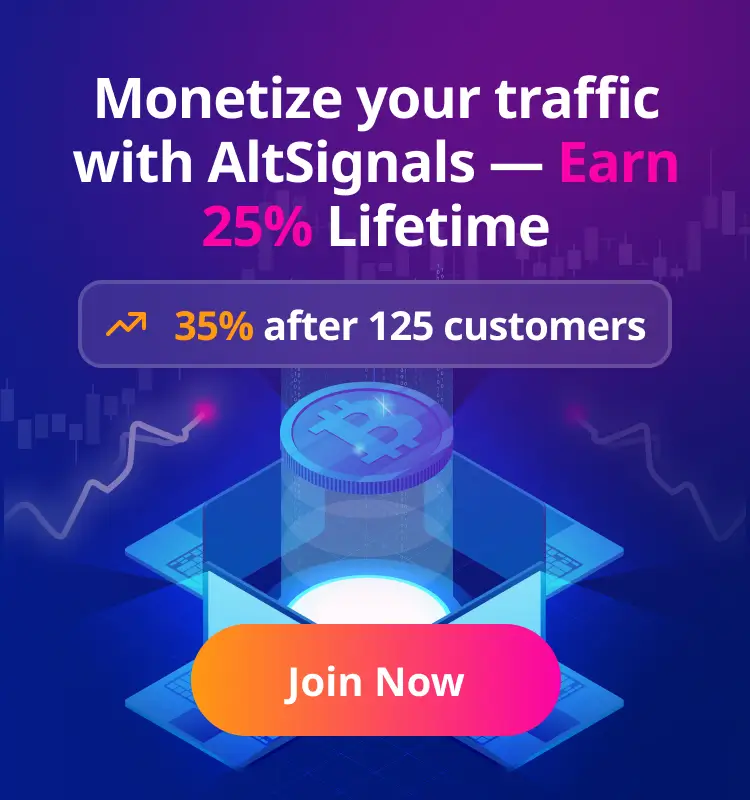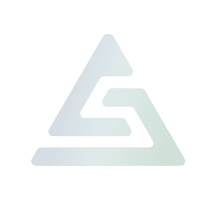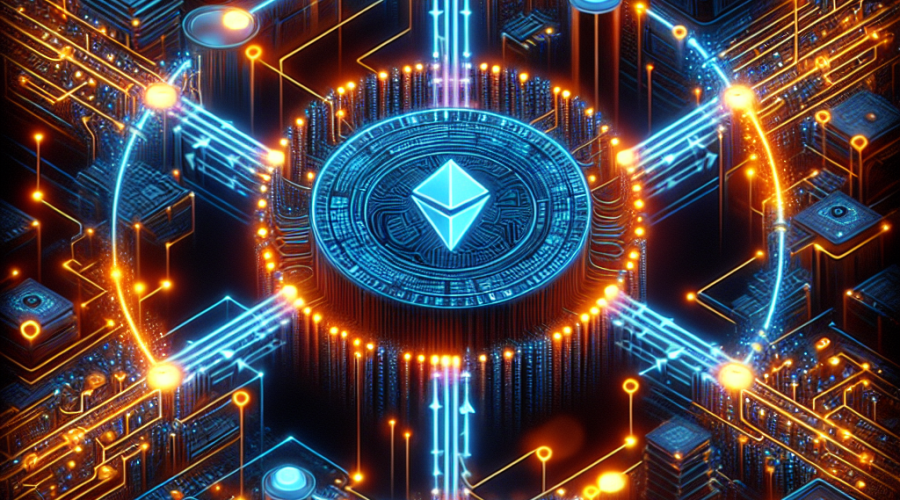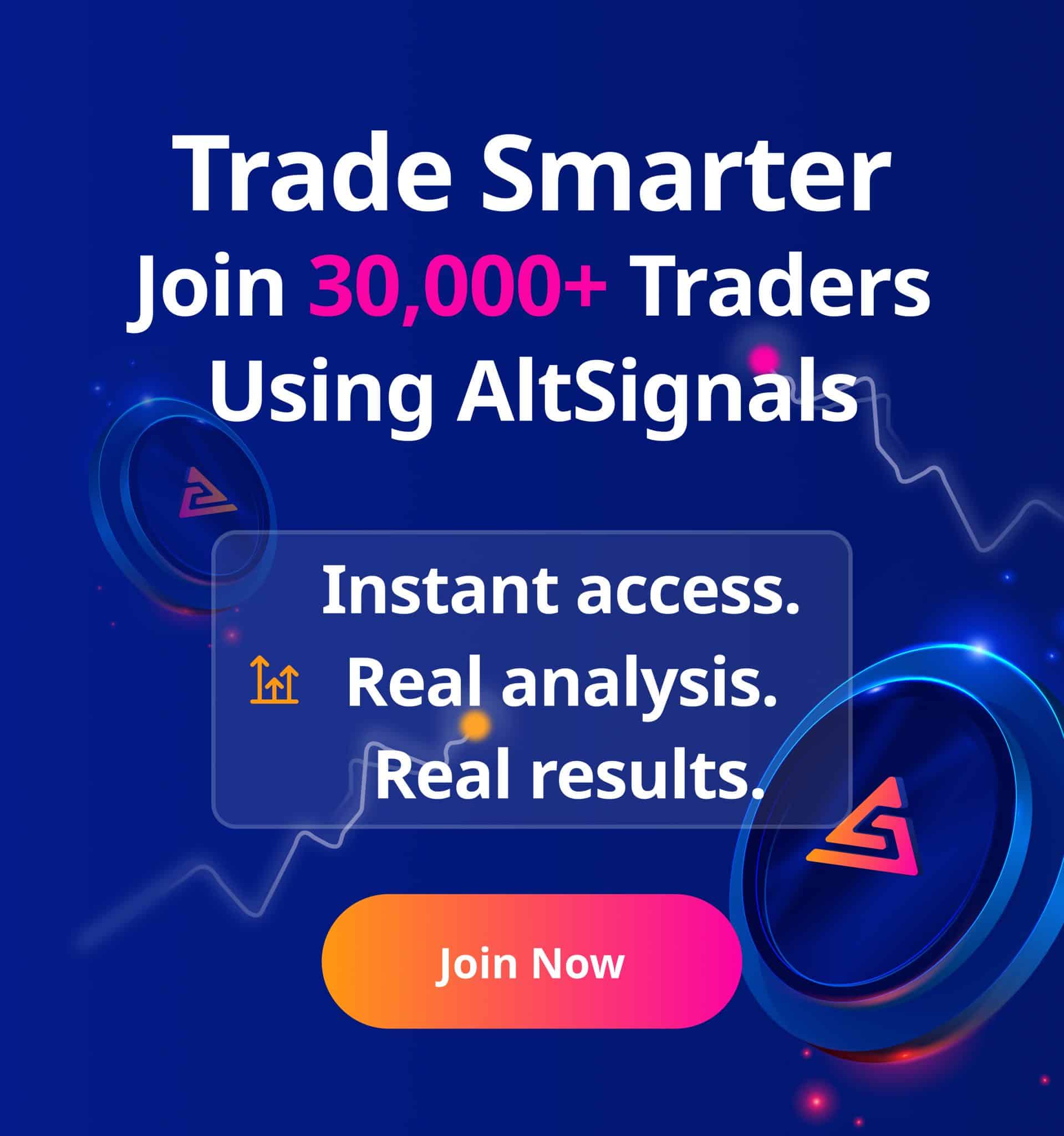If you have been closely monitoring the ever-evolving landscape of cryptocurrency, you are likely aware of the increasing buzz around altcoin investments in 2025. As the digital asset market matures, conversations about the best altcoins to buy have resurfaced, fueled by signs that a new “altcoin season” might be on the horizon. Though Bitcoin remains the cornerstone of the crypto world, many investors are now searching for more dynamic opportunities, seeking out innovative projects and utility-rich cryptocurrencies capable of outperforming the established giants. This comprehensive article delves into the top five altcoins commanding attention as of November 2025, outlining their unique attributes, underlying value, and why they may deserve a spot in your crypto portfolio.
Understanding the Appeal of Altcoins
Before diving into the details of specific altcoins, it’s crucial to understand the two main drivers behind altcoin enthusiasm: limited upside potential in large-cap assets and the pursuit of new frontiers in utility, innovation, and technology. While Bitcoin and major cryptocurrencies like Ethereum have experienced substantial growth in past cycles, their vast market capitalizations mean that large price swings are less likely compared to earlier stages. In contrast, promising altcoins are often in their infancy, offering entry at lower prices with the potential for exponential gains as adoption grows.
Beyond raw price action, altcoins can represent disruptive advances in areas such as decentralized finance (DeFi), Web3 gaming, payments, and blockchain infrastructure. As the crypto ecosystem diversifies, smart investors increasingly allocate capital toward projects that address real-world needs or introduce novel concepts to the blockchain landscape.
Top Five Altcoins to Watch in 2025
Let’s examine some of the most compelling altcoin projects currently making headlines, analyzing their potential and the value they bring to both the blockchain sector and investor portfolios.
Tapzi (TAPZI): Redefining Web3 Gaming
Tapzi has rapidly emerged as one of the most talked-about new cryptocurrencies in 2025, riding a wave of presale momentum and innovation. Branded as the world’s first skill-based Web3 gaming ecosystem, Tapzi is reshaping the way crypto, gaming, and competition intersect.
Unlike many blockchain gaming projects that rely heavily on chance or simple speculation, Tapzi puts player skill at the heart of its ecosystem. Participants can stake TAPZI tokens to compete in games such as chess or even classic contests like rock-paper-scissors, ensuring that victories are determined by ability rather than luck. This model not only enhances fairness but also encourages deeper engagement from both gamers and developers.
Key attributes that set Tapzi apart include:
- Low entry price: With a presale price under a cent at just $0.0035, Tapzi presents an attractive early-stage opportunity.
- Fixed token supply: The total supply is capped at 5 billion tokens, ensuring scarcity and potential for appreciation if adoption rises.
- Powerful utility: TAPZI will be the lifeblood of the gaming ecosystem, used for rewards, in-game competitions, and as a tool for developers creating new skill-based experiences.
As the presale dominates crypto charts, early investors are eyeing significant returns if the platform captures a substantial share of the fast-growing Web3 gaming sector. With its novel approach, early-bird pricing, and capped supply, Tapzi positions itself as a low-risk, high-reward play for 2025.
Binance Coin (BNB): The Utility Powerhouse
While newer tokens draw attention for their explosive upside, the case for established players like Binance Coin (BNB) remains strong. As the native currency of the Binance ecosystem—one of the largest global crypto exchanges—BNB offers a unique combination of stability, utility, and proven track record.
BNB’s core functions include:
- Paying transaction and gas fees on the Binance Exchange and BNB Chain.
- Facilitating participation in network governance and community-driven initiatives.
- Providing a foundation for staking, DeFi activity, and a growing library of decentralized applications.
Over the past five years, BNB has steadily built a robust ecosystem of users, developers, and projects. Its mainstream adoption lends confidence to investors seeking less speculative exposure amid the volatility often seen in presale or micro-cap altcoins. If crypto adoption continues its upward trajectory, BNB’s dual exposure to exchange activity and on-chain utility suggests sustainable, albeit possibly more modest, growth compared to its more nascent counterparts.
It’s important to note, however, that Binance—and by extension, BNB—remains subject to global regulatory scrutiny. Investors should keep an eye on legal developments, especially in major jurisdictions, that could affect the token’s status or utility.
Kaspa (KAS): Blockchain Redefined via DAG Technology
Kaspa (KAS) enters the fray as a technically differentiated infrastructure coin. Instead of following the linear blockchain architecture used by most cryptocurrencies, Kaspa uses a BlockDAG (Directed Acyclic Graph) structure. This advanced protocol enables greater scalability, faster finality, and higher transaction throughput, addressing major pain points faced by legacy networks.
Kaspa’s highlights include:
- A unique GhostDAG consensus protocol for speed and security.
- The potential to handle high-frequency transaction loads with minimal confirmation times.
- A focus on serving as scalable, futureproof blockchain infrastructure rather than simply another payment or DeFi coin.
For investors, Kaspa offers what might be called “infrastructure upside”—the potential for substantial gains if its technology gains widespread adoption in the increasingly crowded Layer 1 blockchain sector. As always, Kaspa must contend with other high-performance chains and DAG-based projects, so long-term success will depend on real-world integration, network effects, and developer traction.
Ripple (XRP): Bridging Traditional Finance and Blockchain
One of the most enduring names among altcoins, XRP has maintained its relevance through strong real-world utility and recent legal clarity. As the native asset of the Ripple network and the XRP Ledger, XRP is engineered to facilitate rapid, low-cost international payments, fostering connections between banks and financial institutions worldwide.
Key advantages of XRP include:
- Near-instantaneous cross-border settlement, making it attractive for remittances and global commerce.
- Alignment with ISO 20022 messaging standards and ongoing trials with established financial networks such as SWIFT.
- Stabilization following regulatory resolutions in the U.S., most notably the conclusion of the SEC lawsuit, which brought improved legal clarity to the token’s classification.
For those searching for altcoins with mature, less speculative profiles, XRP provides exposure to the growing narrative of blockchain-powered financial infrastructure upgrades. Its performance moving forward will depend on continued adoption by banks, partnerships, and evolving global regulation. Additionally, competition from other payment protocols could affect its market share.
Toncoin (TON): Merging Crypto with Social Media
Toncoin represents an entirely different category of altcoin, targeting the intersection of blockchain and mass-market social applications. As the native currency of The Open Network (TON), Toncoin benefits enormously from its association with Telegram and the platform’s vast user base.
Toncoin’s strengths include:
- Direct integration into Telegram, one of the world’s most popular messaging and social platforms.
- Utility for a wide range of ecosystem functions: payments, rewards for creators, developer incentives, and in-app services.
- A comparatively low price entry, with significant upside potential as adoption scales within a mainstream user environment.
As social platforms increasingly explore Web3 integration—such as tokenized access, digital identity, and creator monetization—Toncoin stands to benefit from early, native implementation. Yet, its success will be tightly linked to ongoing user adoption, Telegram’s strategic direction, and the platform’s ability to introduce crypto functionality at scale.
Building a Diversified Altcoin Portfolio
With a multitude of innovative altcoin projects vying for investor attention, the smartest approach is diversification. By spreading investments across distinct categories, one can balance high-risk presales with established utility tokens and infrastructure plays.
A model “basket” of altcoins for 2025 could include:
- An early-stage, high-potential presale token (e.g., Tapzi).
- An established, high-utility coin with deep adoption (e.g., BNB).
- An infrastructure token with unique architecture and long-term upside (e.g., Kaspa).
- A payment/finance-focused altcoin with mature utility and legal clarity (e.g., XRP).
- A social/app-ecosystem token poised for mainstream breakthrough (e.g., Toncoin).
This allocation allows investors to benefit from potential breakouts in emerging sectors (such as Web3 gaming with Tapzi), while retaining stability and exposure to proven use-cases through heavyweight projects like BNB and XRP.
Frequently Asked Questions About the Best Altcoins to Buy Now
Why is Tapzi considered to be among the best altcoins to buy in 2025?
Tapzi’s unique offering in skill-based gaming, its extremely low initial price, and its capped supply all contribute to its high upside potential. The team is focused on building utility for both gamers and developers, which is often a key ingredient in sustaining long-term project success.
What are the main risks associated with investing in Tapzi?
As with any early-stage project, Tapzi carries risks regarding execution (can the team deliver its roadmap and attract users?), liquidity and eventual public exchange listing, and competition from similar gaming-centric protocols. Moreover, all cryptocurrencies are subject to market volatility.
Why is diversification recommended for altcoin investors?
Diversification is crucial in the world of crypto. While “moonshot” projects can provide enormous returns, established coins offer stability, resilience during market swings, and protection from single-token risks. Mixing presale coins like Tapzi with proven performers like BNB, XRP, or infrastructure tokens such as Kaspa helps manage your overall portfolio risk.
How should investors approach new altcoin listings or presales?
Always perform due diligence. Review the project’s whitepaper, examine the team’s track record, and analyze the utility and tokenomics. Check for transparency around token allocations, vesting periods, and plans for listing on major exchanges. Awareness of market sentiment and broader crypto cycles can also be critical for timing your entry.
Conclusion: The Outlook for Altcoins in 2025
The cryptocurrency market’s dynamism continues to provide fertile ground for opportunistic investors. Whether you’re motivated by the dominance of Bitcoin and Ethereum or the rapid rise of new innovations, altcoins in 2025 present a wealth of options for diversifying and enhancing your portfolio. Projects like Tapzi, with a focus on skill-based gaming, stand at the forefront of the Web3 movement, offering fresh concepts and genuine utility. Meanwhile, mainstays such as BNB, XRP, and the rapidly developing Kaspa and Toncoin networks underline the broadening spectrum of applications that digital assets now encompass.
The key is to remain vigilant, stay informed, and invest with both caution and curiosity. By balancing risk with potential, and by focusing on a blend of early movers and established titans, crypto investors can be well-positioned for whatever the next altcoin season has in store.


















